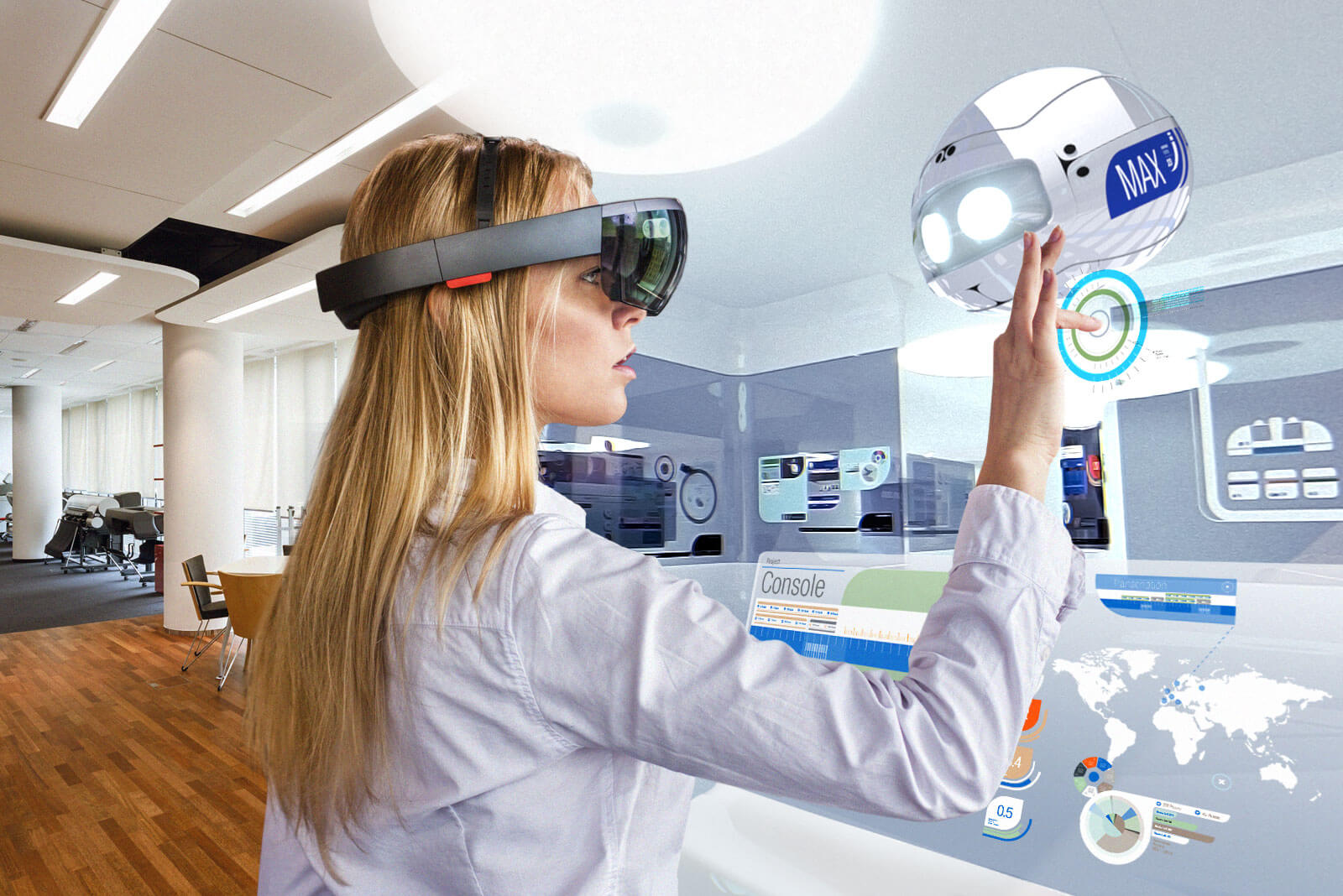Dec 20, 2023
Introduction
In the dynamic landscape of technological advancements, Singapore stands at the forefront, embracing innovations that redefine the way we interact with the digital realm. One such groundbreaking technology making waves is Extended Reality (XR), particularly its application in the realm of 3D experiences. This blog article explores the pivotal role of Extended Reality in 3D in Singapore and how it is shaping the future of various industries.
Understanding Extended Reality and 3D:
Extended Reality (XR) is an umbrella term that encompasses Virtual Reality (VR), Augmented Reality (AR), and Mixed Reality (MR). These technologies merge the digital and physical worlds, providing immersive and interactive experiences. When coupled with 3D technology, XR creates a powerful synergy that transforms the way we perceive and engage with our surroundings.
The Impact on Singapore's Industries:
Education:
XR in 3D is revolutionizing education by offering immersive learning experiences. Students can explore historical artifacts in 3D, dissect virtual organisms, or even take virtual field trips. Singapore's education sector is progressively adopting XR to enhance the learning process, making education more engaging and effective.
Architecture and Real Estate:
Architects and real estate developers in Singapore are leveraging XR in 3D to create immersive virtual walkthroughs of buildings and properties. Prospective buyers can experience a property in 3D before it's built, allowing for better-informed decisions and reducing the need for physical site visits.
Healthcare:
The healthcare industry in Singapore is integrating XR in 3D for medical training, surgical planning, and patient care. Surgeons can practice complex procedures in a virtual environment, enhancing their skills and reducing the risk of errors. Patients can also benefit from XR applications that visualize medical data in 3D, facilitating better understanding of their conditions.
Entertainment and Tourism:
Singapore's vibrant entertainment and tourism sectors are capitalizing on XR in 3D to create immersive experiences. From virtual museum tours to interactive theme park attractions, XR is redefining the way people engage with entertainment and explore tourist destinations.
Manufacturing and Design:
XR in 3D is streamlining the manufacturing and design processes in Singapore. Engineers and designers can collaborate in virtual spaces, manipulate 3D models, and simulate real-world scenarios, leading to more efficient and innovative product development.
Challenges and Future Prospects:
While the adoption of XR in 3D in Singapore is on the rise, challenges such as cost, technical expertise, and standardization still need to be addressed. However, as technology continues to advance, these challenges are expected to diminish.
Looking ahead, the future prospects for XR in 3D in Singapore are promising. As the technology becomes more accessible, we can anticipate its widespread integration across various sectors, further enhancing the nation's position as a global technology hub.
Conclusion

Extended Reality in 3D is not merely a technological trend but a transformative force that is reshaping the way we perceive and interact with the world. In Singapore, the integration of XR in education, healthcare, entertainment, and more is indicative of the nation's commitment to staying at the forefront of technological innovation. As we navigate the future, the role of Extended Reality in 3D will undoubtedly continue to evolve, unlocking new possibilities and shaping a more immersive and interconnected world for Singaporeans.





